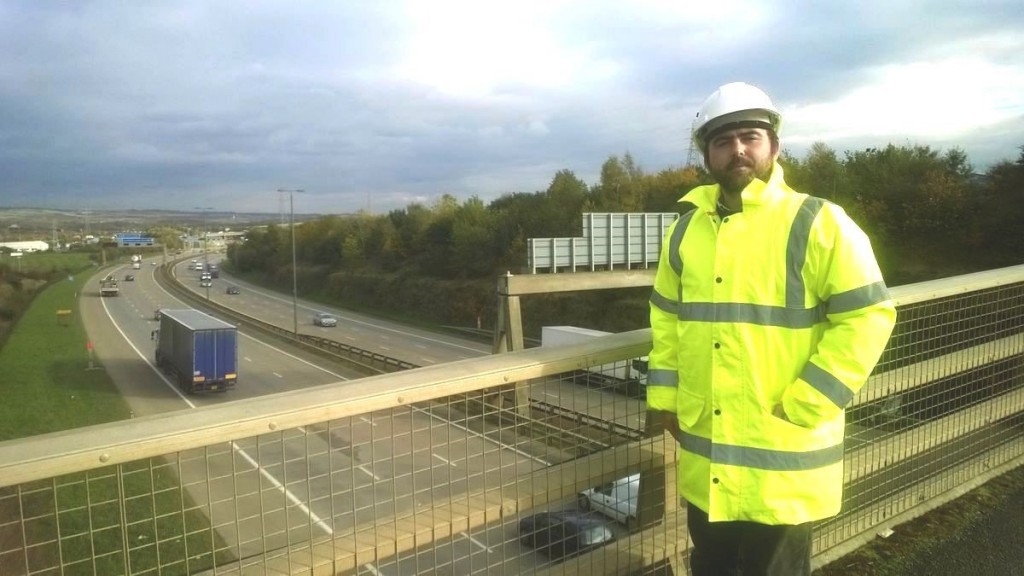21st October 2014
A study by international traffic information provider INRIX and the Centre for Economics and Business Research only serves to emphasise the need for a new approach to improve the performance of Europe’s major road networks.
Published last week, the study reveals roadworks in the UK are at an all-time high with 7,692 new projects large enough to cause congestion under way for each month of this year. The cost of resulting traffic congestion is forecasted to rise by 63 per cent to £21 billion by 2030.
It also reveals that the average British driver can expect to spend over 35 hours stuck in gridlock every year with significant implications for the national vas well as business and household economies.
“Whilst this is proportionally due to increased car ownership, the contribution of highway maintenance to our growing congestion problems is also substantial,” says Met Geo director Sam Roberts.
Met Geo Environmental is a consulting partner on the development of new technology to improve the performance of Europe’s major road networks. Led by the Department of Electrical and Electronic Engineering, City University London (CITY), the FP7 RPBHEALTEC project aims to develop a monitoring and early warning health system for roads, pavements and bridges using advanced inspection technologies.
The system aims to upgrade and optimize the inspection and maintenance of the European roads, reducing costs and increasing traffic safety and will achieve this by developing a novel automated and integrated NDT (Non Destructive Techniques) system for high speed analysis and evaluation.
“Maintenance is the most expensive function of a highway operating agency, so there is a special need for the early detection of deterioration mechanisms and of potential presence of defects through a more advanced road pavement inspection technology.
This in turn should reduce repair schedules and costs.”
Met Geo‘s expertise in the deployment of nondestructive sub-surface inspection technology, specifically Ground Penetrating Radar (GPR), is being applied in tandem with other technologies such as IR Thermography (IRT) and Air Coupled Ultrasonic testing (ACU) which have the ability to inspect substantial areas rapidly and accurately.
It is anticipated the project will publish an initial report in 2015 with their final report and findings ready for Summer 2016.
The project follows Met’s recent collaboration with the British Standards Institute in the development of PAS128, the new national guideline for the detection and verification of underground utilities which was launched June this year.
For further information about the HEALTEC Project visit www.fp7-rpbhealtec.org
For further information about the INRIX report visit http://www.cebr.com/reports/the-future-economic-and-environmental-costs-of-gridlock/





